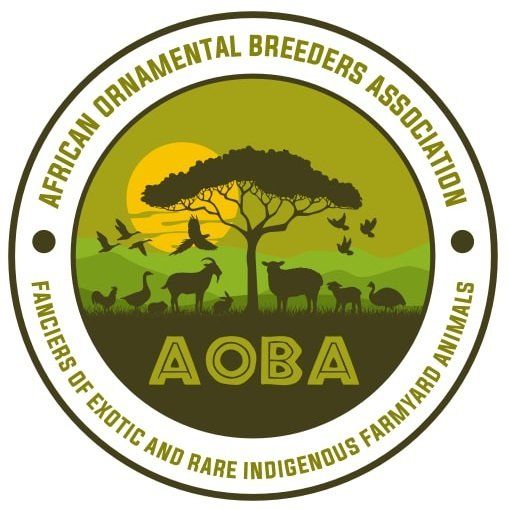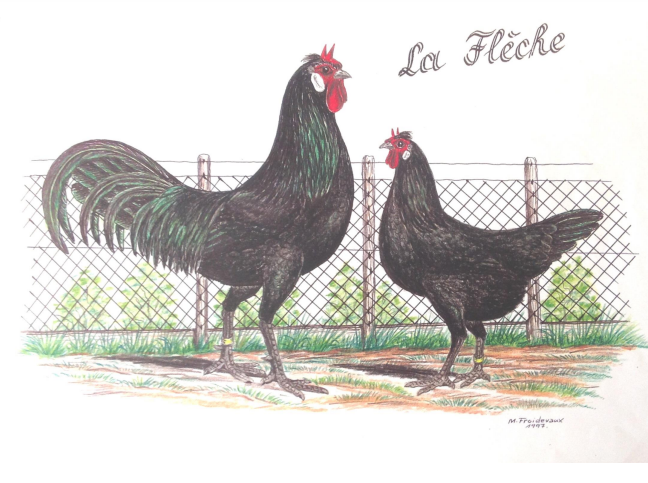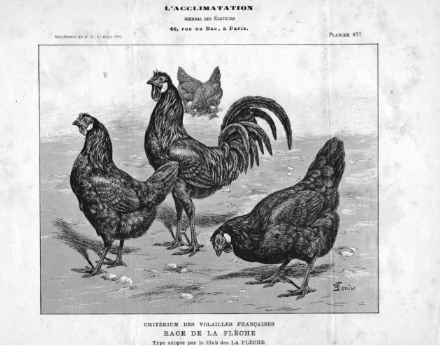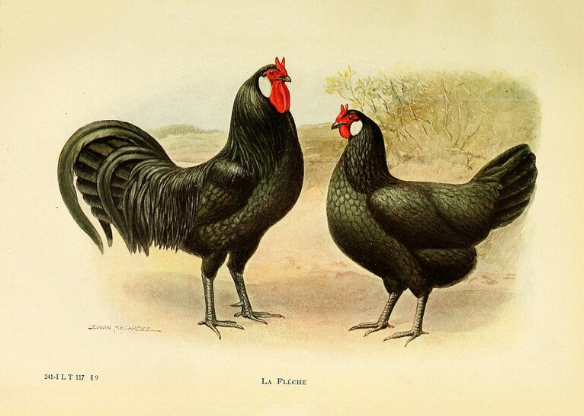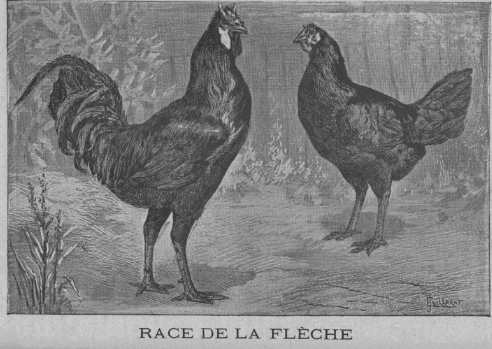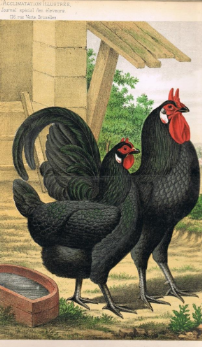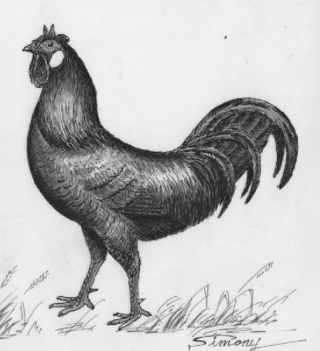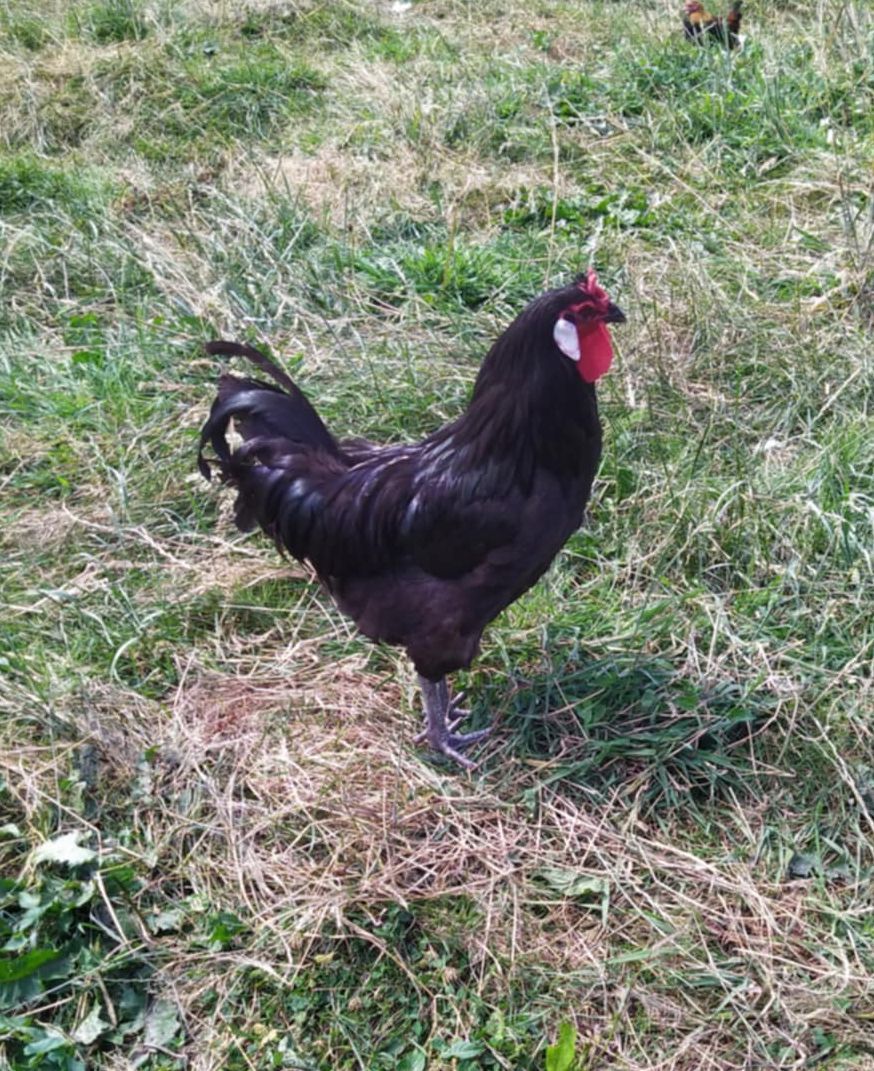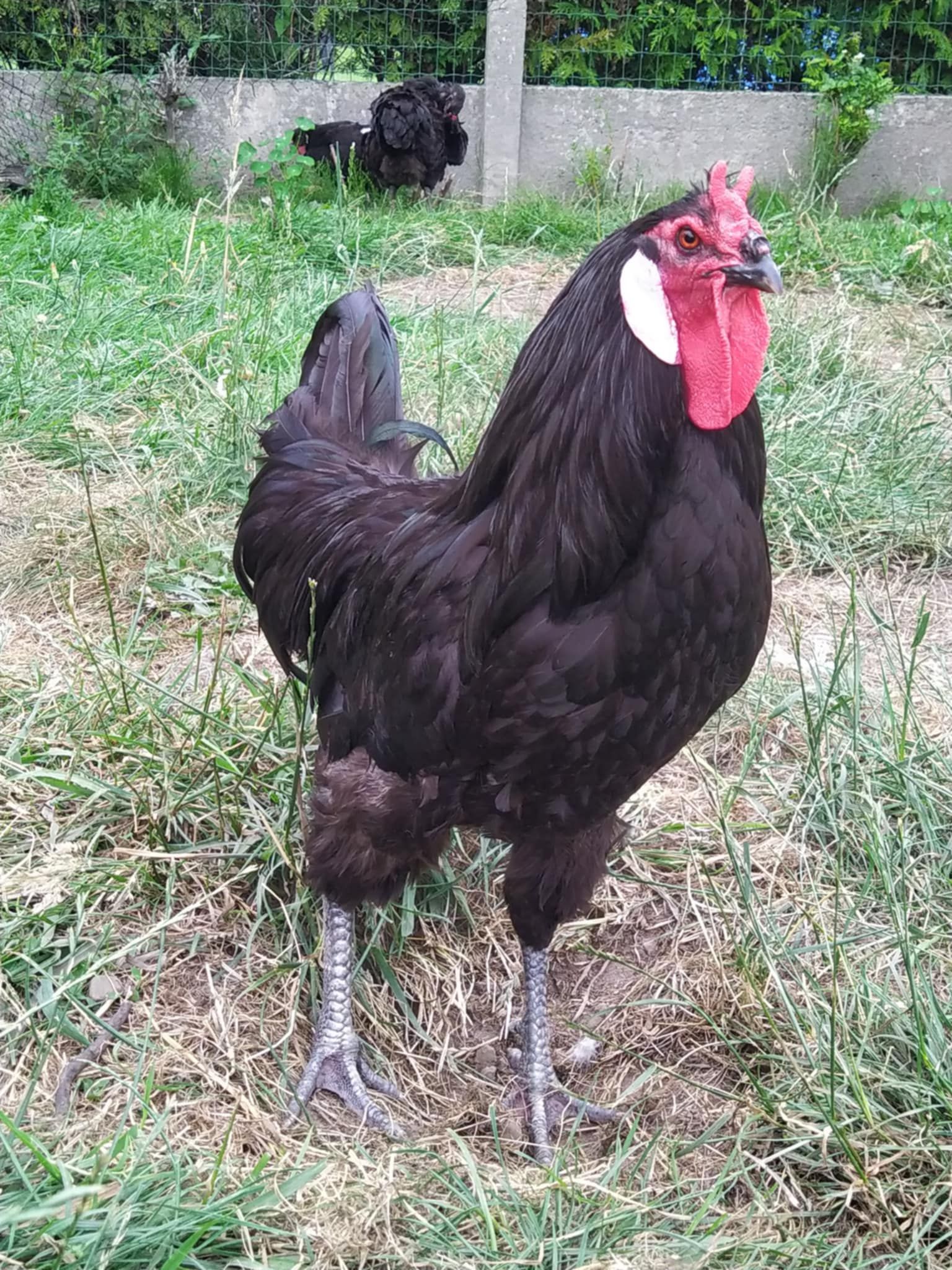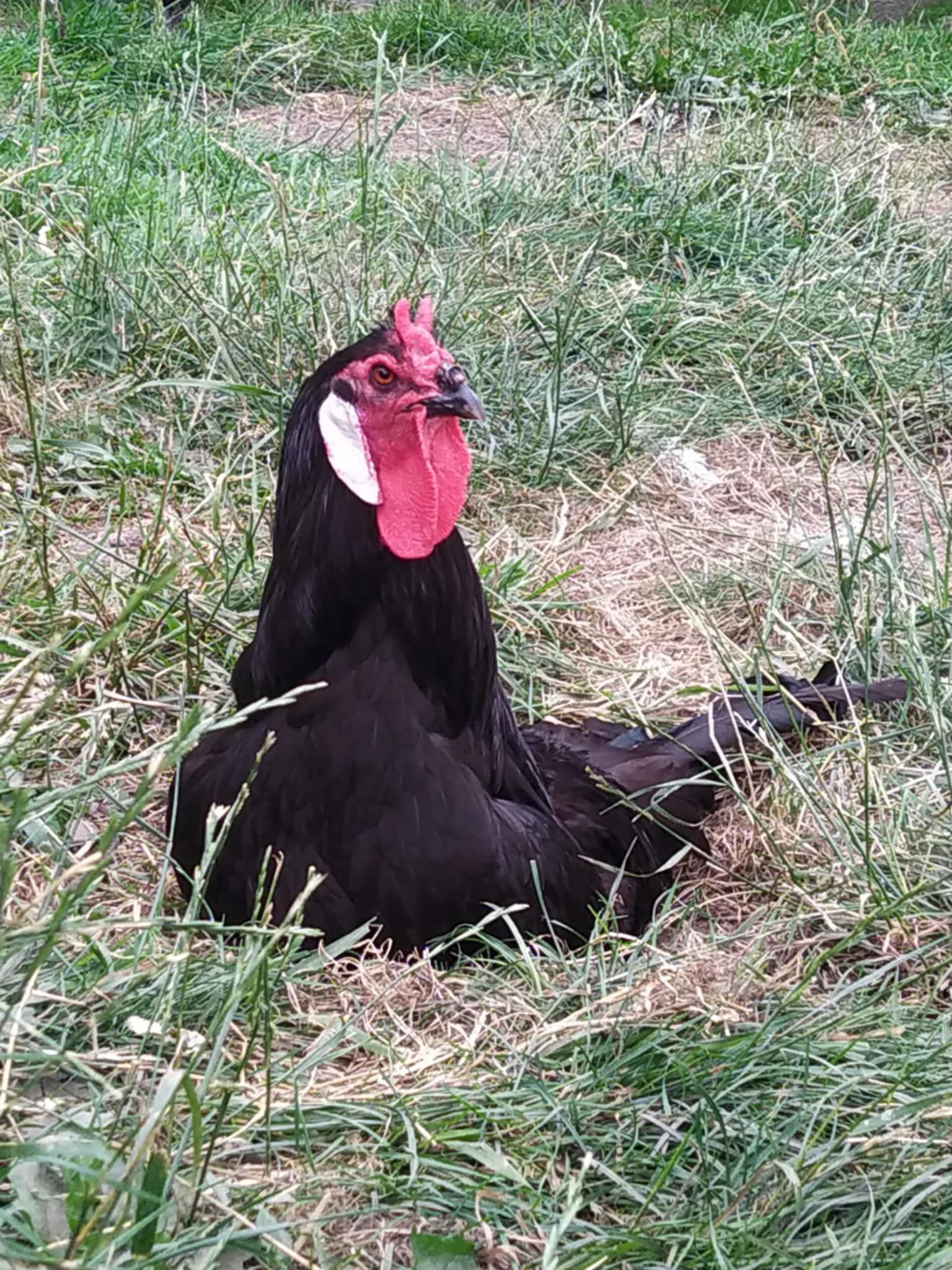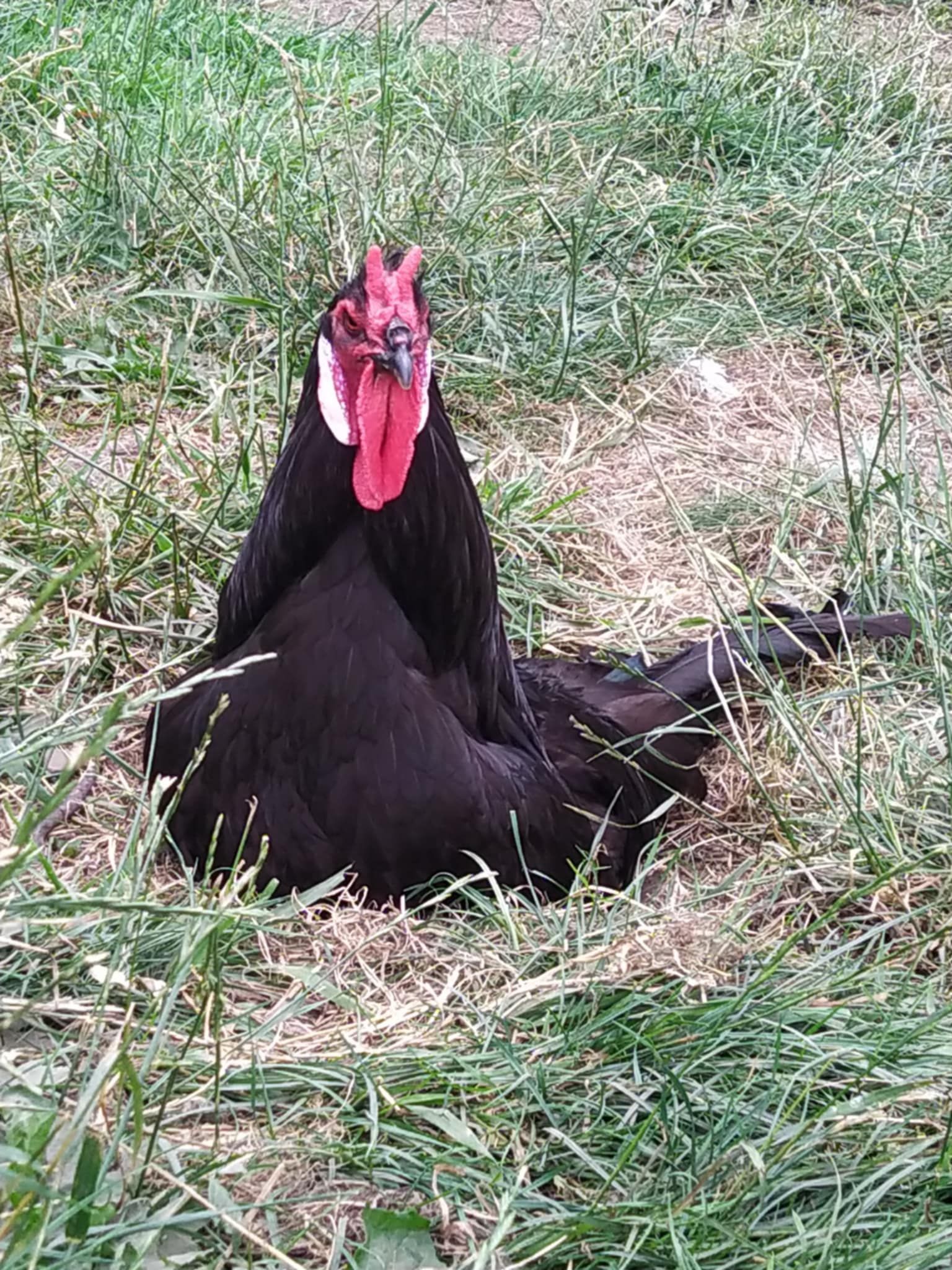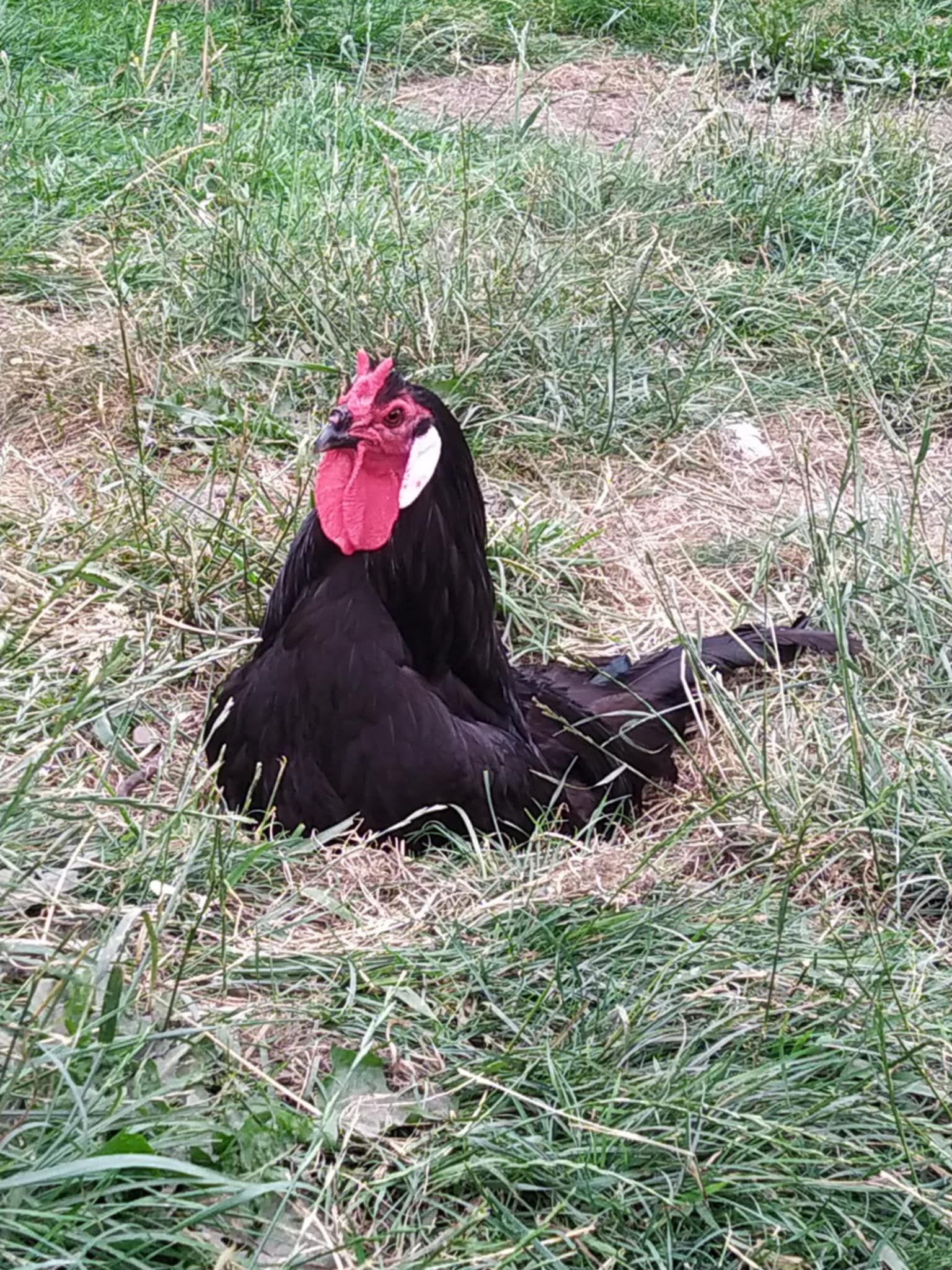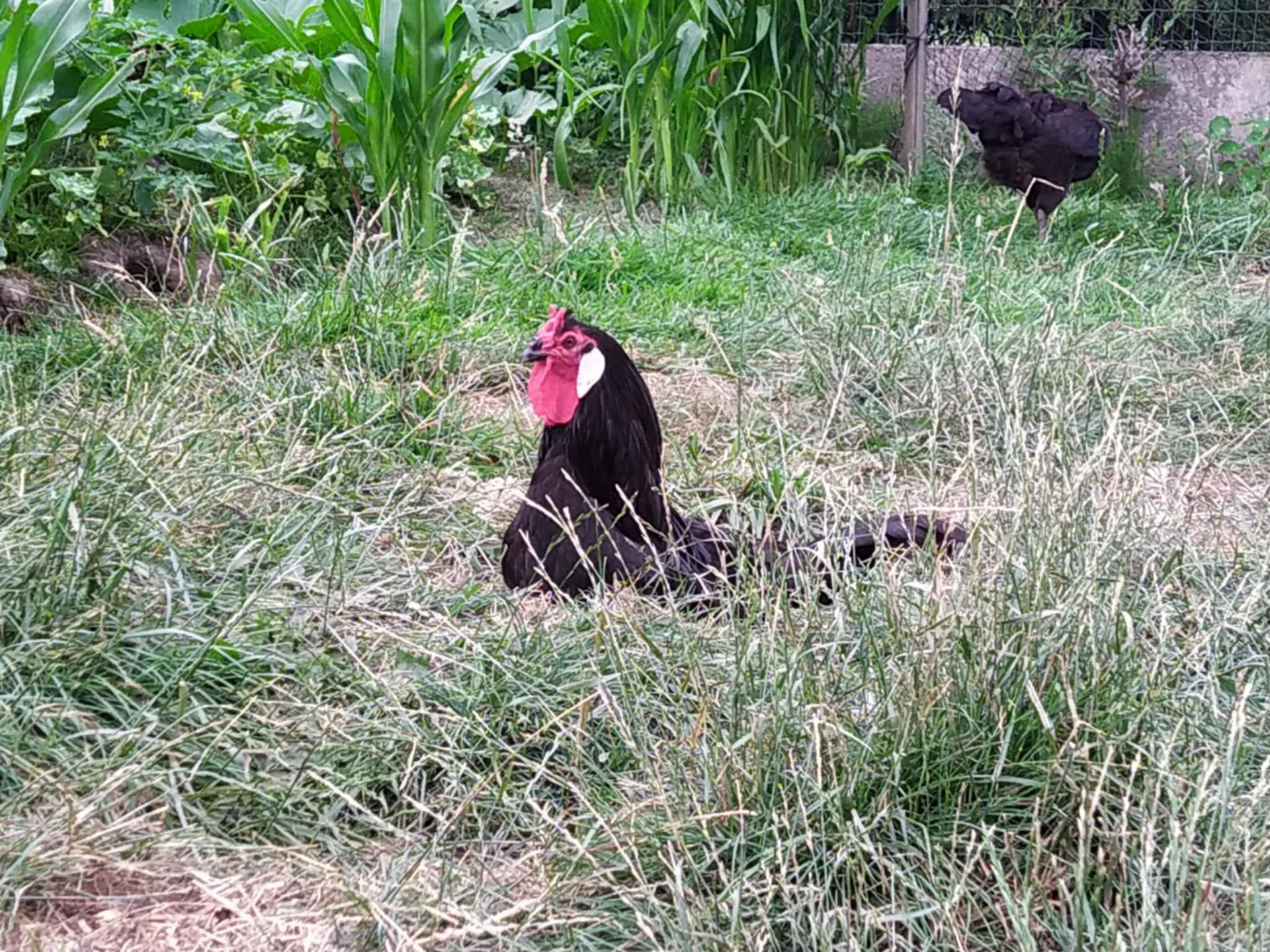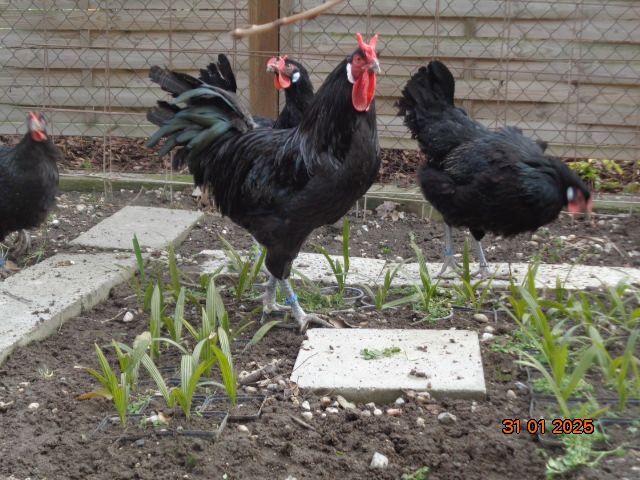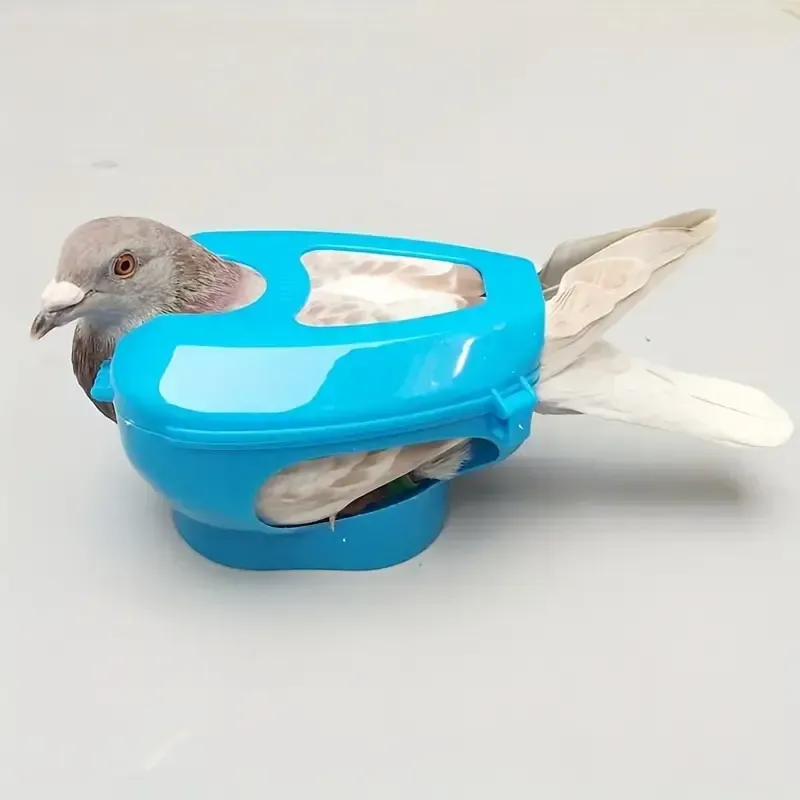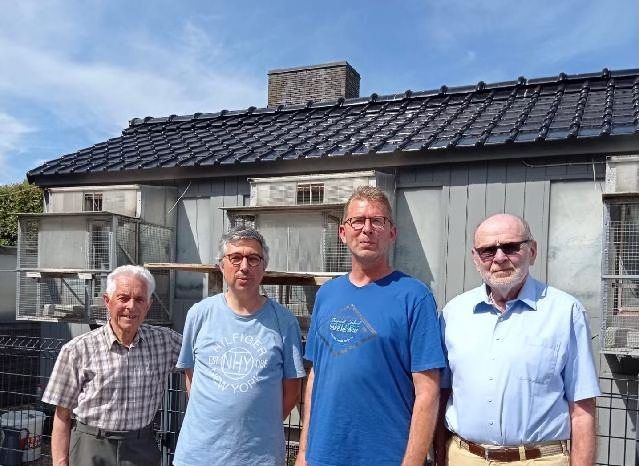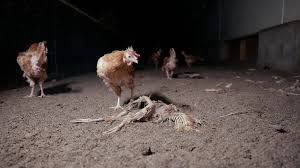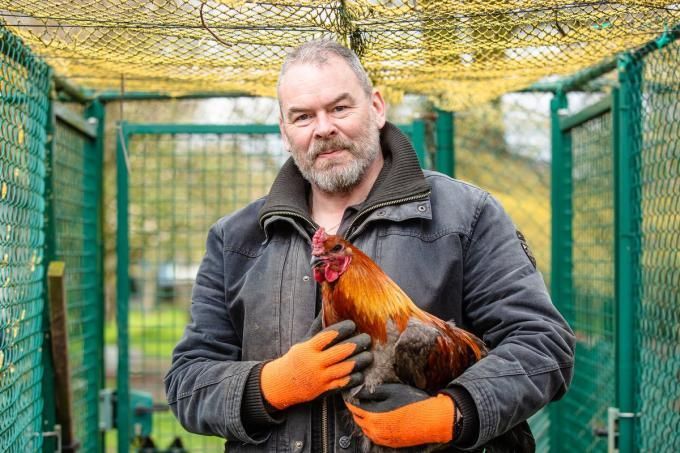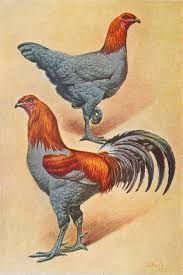La Flèche: A French Aristocrat in the Chicken Coop
La Flèche: A French Aristocrat in the Chicken Coop
By Jean Kiala-Inkisi, President - African Ornamental Breeders Association (AOBA)
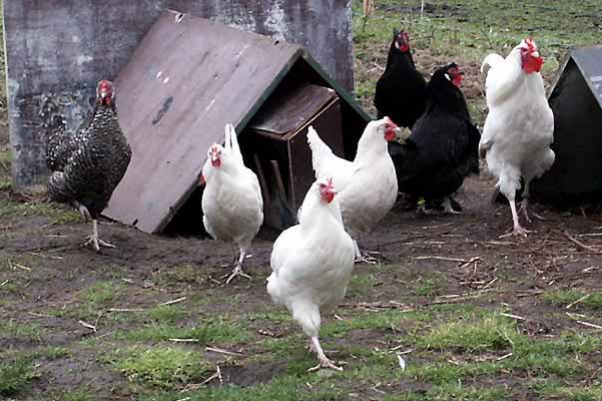
As the chairman of the African Ornamental Breeders Association (AOBA), I am always on the lookout for special breeds that fascinate not only because of their appearance but also because of their history and character. One breed that has always intrigued me is the La Flèche, a chicken with a rich history and aristocratic appearance dating back to 15th-century France. In this article, I will share my personal experience with this remarkable breed, its key characteristics, care, and why it is so important to preserve this unique chicken.
History and Origin
The La Flèche is inseparably linked to the French region Pays de la Loire, especially the city of La Flèche and its surroundings such as Le Mans and Mézeray. This breed is one of the oldest French chicken breeds and likely derives its name from the city itself, which is known for its historical connections with the legend of Saint Thomas and arrows (‘flèche’ means arrow in French).
Since the 15th century, the La Flèche has been a prized chicken, admired for its size, meat quality, and striking appearance. On the markets of Paris, Anjou, and Normandy, it was considered a delicacy, often compared to the legendary Bresse chicken. Over the centuries, the La Flèche has endured, despite the severe setbacks it suffered in the 20th century when it nearly vanished. Thanks to dedicated breeders in France and Germany, this French aristocrat was revived and remains today a rare but highly valued jewel within the poultry world.
Physical Characteristics
The La Flèche immediately stands out due to its characteristic V-shaped comb, also known as a ‘devil’s comb,’ unique in the poultry world. This sharp, red comb forms a distinctive ‘horseshoe’ shape on the head, giving the chicken its instant recognition. The white earlobes contrast beautifully with its glossy black feathers, which sometimes show a greenish sheen in sunlight.
The chicken is medium-sized but relatively heavy and compact. The rooster typically weighs between 3.5 and 4 kilos, and the hen around 3 to 3.5 kilos. Its posture is proud and elegant, almost aristocratic, with a long, slender head and dark reddish-brown eyes that emphasize its character. The legs are slate-gray, sturdy, and moderately long, providing a solid foundation.
Although black is the most recognized and traditional color, rare variants such as blue, white, cuckoo, and gray pearl exist. However, these colors are not widely recognized and are seldom seen.
Behavior and Character
What makes the La Flèche so special is also its character. It is lively and alert but shy and reserved towards humans. This makes it not ideal for a domestic environment with frequent direct contact, but rather a breed for true enthusiasts who give it the space to display its natural behavior.
La Flèche chickens are good foragers and can fly well, which means high fencing or a covered run is necessary to prevent escape. They are not aggressive but keep their distance. They are also not broody, which can be challenging for breeders, but this can be managed with an incubator or a broody rooster.
The breed is reasonably hardy, tolerating moisture and heat well, but cold winters can be difficult. A well-insulated coop and sufficient shelter are therefore essential.
Production and Use
The La Flèche is primarily a meat breed, prized for its fine, juicy, and short-fibered meat. The taste is often compared to the Bresse chicken, making it particularly valuable culinarily. The meat distribution is nice, with a relatively low percentage of waste and fine marbling over the breast, thighs, and back.
Although it grows slowly and takes about ten months to mature, it delivers excellent meat yield. Historically, La Flèche chickens were fattened as capons or poulardes, sometimes hand-fed, which further enhanced their flavor and texture.
Besides meat, the hens also produce a decent number of eggs: between 140 and 220 large white eggs per year. The eggs are sturdy and of good quality, although the hens rarely go broody, so hatching chicks often requires incubators.
Care and Breeding
La Flèche chickens require attention and care but no overly special treatment. They do well on quality feed, especially when raised for meat production. Space and freedom of movement are crucial, as they need to express their lively nature and flying ability fully.
For breeders, it is important to pay attention to the correct breed characteristics such as the V-shaped comb, white earlobes, and shiny black plumage. Healthy and vital parent stock is essential to maintain the breed’s quality and heritage.
The breed is sensitive to cold, so a draft-free and sheltered housing is recommended. In my own experience, a spacious, natural environment with plenty of shelter options yields the best results.
Preserving the La Flèche
Despite its rich past, the La Flèche remains a rare and endangered breed. Preserving this chicken is crucial for maintaining diversity within the poultry world and the cultural heritage of France and Europe.
By keeping the breed alive, we contribute to conserving genetic variation and enable future generations to enjoy its beauty and culinary qualities. It is also a tribute to the breeders who have lovingly cared for it over the centuries.
As a breeder and lover of this breed, I am happy to promote the La Flèche further and spread knowledge about its unique qualities. It is a breed that fascinates not only because of its appearance but above all because of its story and character.
My Personal Experience
I have been breeding La Flèche chickens for several years with great pleasure. It is a challenge to keep this breed in optimal condition, but it brings much satisfaction. Their proud posture, glossy feathers, and distinctive sound make every moment with them special.
Visitors and fellow breeders often react with admiration, and it is wonderful to see how a breed with such a long history still touches many people today. For me, the La Flèche is more than a chicken: it is a living link between the past and the future of our poultry keeping.
